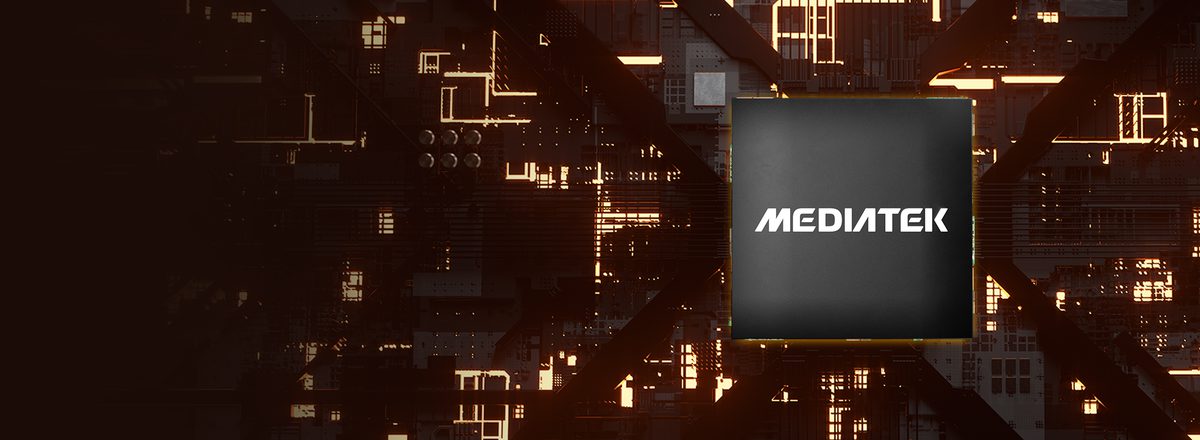2025 as the primary driver, no but 2023, say? Sure.
We're already basically into 2021 and 2021 will have BOTW2, maybe Bayonetta 3, Monster Hunter Rise, and several other high profile games, so through 2021 they're in pretty good shape.
2022 they still have cards to play if they want like a price drop and a 2D Mario and things like that, but some decline in your 5th year on market is not something that is terrible. It's a normal part of the game hardware process.
I think that 2023 won't allow for a Switch to match XSS. I agree with zakatana on 2025 to be the approximate time. My reasoning is that you need the generation after 3 nm to be up and running to soak up the big smartphone demand. Also, you'll need some time for 3 nm's price to depreciate. And 3 nm is the generation I have pegged to allow 8 ARM cores to comfortably run at low to mid 2 ghz within a few watts to match (or slightly beat even) PS5/XSS's CPU. Also, 4 years should give us another 2 generations of Nvidia GPU tech.
2023 gets you.... probably 5LPE as your best realistic option? Assuming we're sticking with Samsung here. And ARM projects their 2022 architecture, Matterhorn, to have about +30% performance over the A78. Ok, here's my rough math, which may or may not be terribly wrong. By all means, correct me where I'm off.
Starting with our power envelope allowing for a base figure of ~1.5 ghz for 8 A78 cores at 8LPP...
10LPE->8LPP should be 10LPE->10LPP (-15% power), then 10LPP->8LPP (-10%), thus 10LPE->8LPP ~= -23.5% power, or 0.765
10LPE->7LPP should be -50% power, or 0.5. Thus, the relation between the same work done on 8LPP and 7LPP is 0.765/0.5=1.53. Then to guestimate how much I can get out of investing the power saved back into clock rate, I take the sqrt of 1.53, which is about 1.23. Now multiply that by the original 1.5 ghz to get ~1.85 ghz. That is, I'm getting that 8 cores of (A78, or A78-like power efficiency) at ~1.85 ghz on 7LPP uses approximately the same power as 8 such cores at 1.5 ghz at 8LPP.
7LPP->5LPE should be -20% power, or 0.8. Flip it around to get 1.25, then take the sqrt, then multiply by ~1.85 to get 2.07.
Thus, my result is that 8 cores of (A78, or A78-like power efficiency) at 1.5 ghz on 8LPP, or 1.85 ghz on 7LPP, or 2.07 ghz on 5LPE all take roughly the same amount of power. Going with 5 LPE and assuming that Matterhorn offers +30% IPC over A78, you'd get the equivalent of about ~2.7 ghz A78. I don't think that's enough to match the PS5/XSS generation.
But again, my math could be all wrong here; my methodology comes from piecing together tidbits from here and there.


